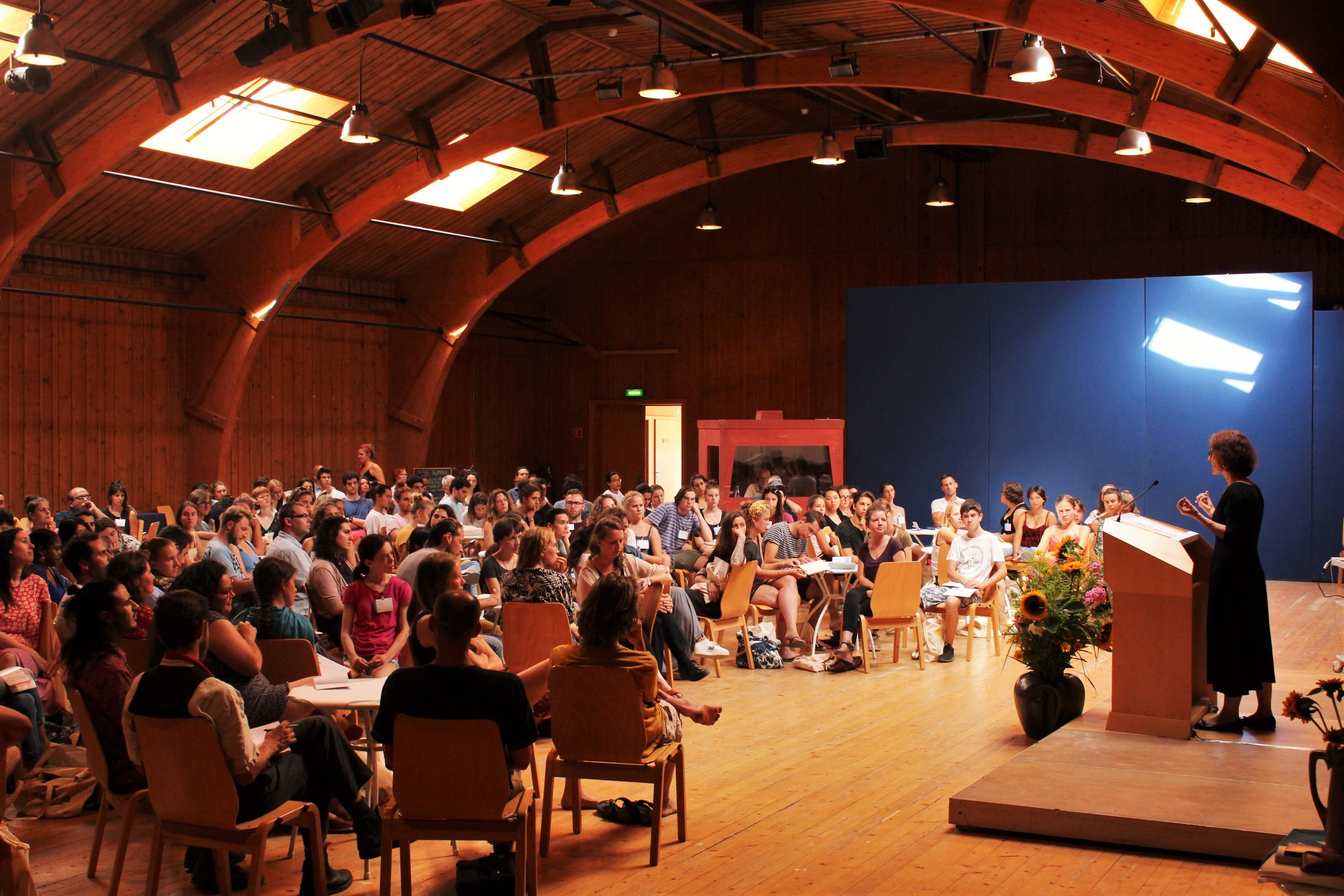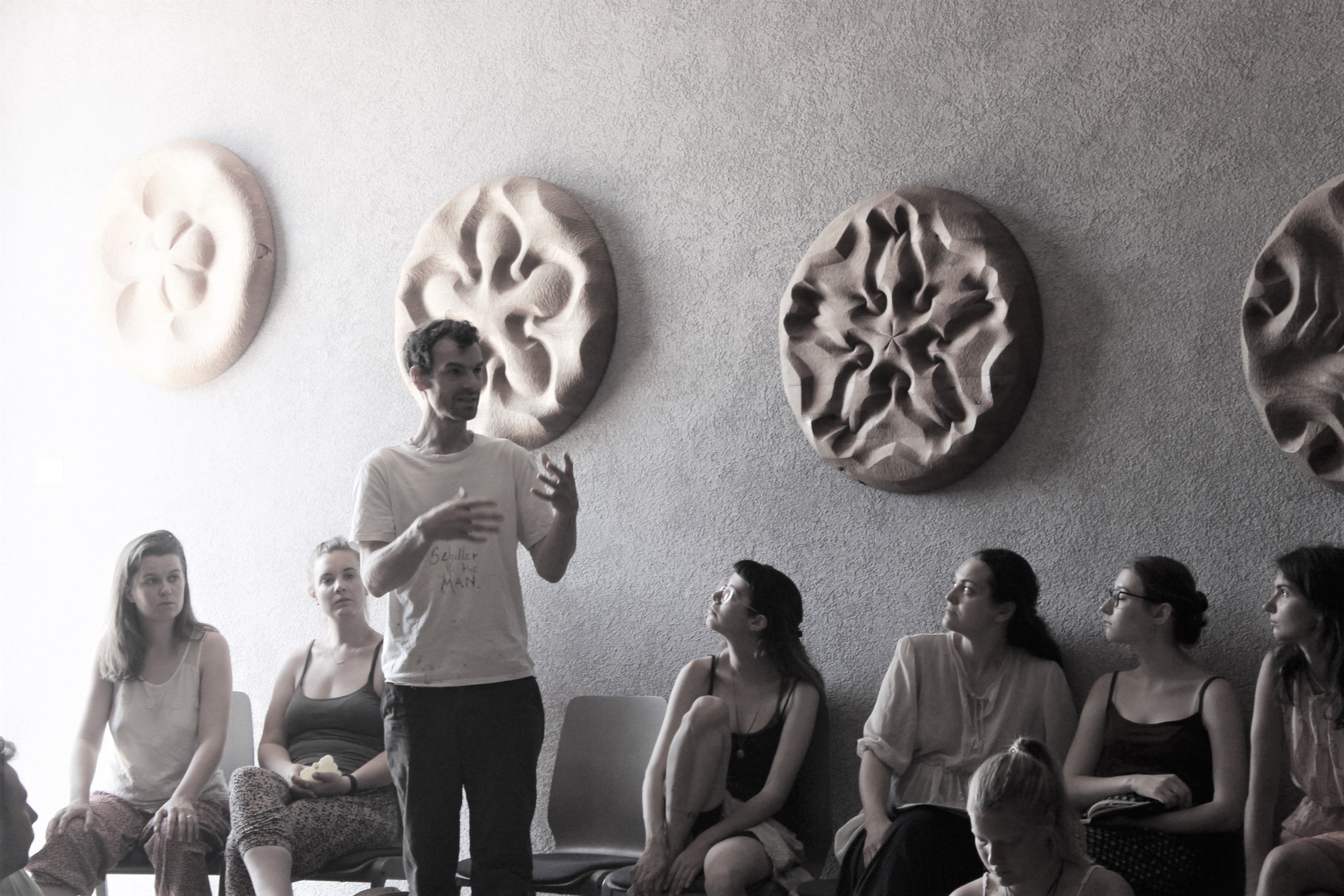The School of Spiritual Science & Anthroposophy
Anthroposophy is a path of knowledge established by Rudolf Steiner (1861 – 1925) at the beginning of the 20th century. It is increasingly recognized for its significant applications and contributions to diverse fields of life such as art, education, farming and medicine. Waldorf education, biodynamic farming and Anthroposophic medicine are some of the practices developed out of Anthroposophy, as well as active institutions and businesses like Triodos Bank or Weleda, the Camphill Movement, and the movement for religious renewal known as The Christian Community.
As a path of knowledge, Anthroposophy guides human beings in their search for answers to the riddles of the self and world. What does it mean to be human? What can we truly know and what is truth? What is my task in the world? These, for example, are some of the questions that may lead us to Anthroposophy.
Rudolf Steiner proposed that to truly cognise oneself and the world in their full light, the human being needs to grasp itself as a spiritual being capable of cognising reality fully, beyond what the sensorial perception only allows, developing conscious thought-experience. When human beings engage in this type of earnest seeking for knowledge, they further their capacity to act ethically in accordance with themselves and the needs of the world.
To guide students of Anthroposophy, Rudolf Steiner wrote many books, gave numerous lectures around the world and ultimately founded the School of Spiritual Science at the Goetheanum in December 1923; an independent, free school that is supported by more than 40,000 individual members of the General Anthroposophical Society around the world. In 1924, he founded the Youth Section so that young people could shine a light on the riddle of what it means to be young in the present time, something which Rudolf Steiner saw as being a scientific discipline in its own right. This is why Rudolf Steiner also named the Youth Section "the Section for the Spiritual Striving of Youth".
If you are new to Anthroposophy and would like to discover more, we recommend the following books by Rudolf Steiner:
Theosophy: An Introduction to the Spiritual Processes in Human Life and in the Cosmos (1904)
How to Attain Knowledge of the Higher Worlds (1904)
An Outline of Esoteric Science (1909)
The Philosophy of Freedom (1894)
If you want to find out more about Rudolf Steiner's talks with young people, we recommend you "Youth and the Etheric Heart. Rudolf Steiner Speaks to the Younger Generation. Addresses, Essays, Discussions, and Reports", 1920 -1924 (CW 217a). 2007, Anthroposophic Press Inc.
The School of Spiritual Science

The School of Spiritual Science is homed at the Goetheanum in Dornach, Switzerland. It is constituted of 11 Sections or Faculties which concern themselves with different fields of practice related to the human being's tasks in society. The Sections work on research in their own disciplines and offer learning opportunities for professionals in their fields. They organise events and conferences to bring professionals together, foster collaboration amongst individuals and institutions and disseminate their research findings. The Sections are active in the fields of natural and social sciences, the humanities and the arts, and education. At the heart of the Sections' work is the attempt to develop a knowledge of life in becoming and the spiritual human being as an agent for ethical transformation in the world.
General Anthroposophical Section
Literary Arts and Humanities Section
The 19 Class Lessons of the School of Spiritual Science

All of the Sections are connected to the "First Class", a meditative path envisioned by Rudolf Steiner to be the first of three classes comprehending different lessons "to deepen the human being's becoming of self in knowledge through practice". Unfortunately, Steiner died before he could develop the Second and Third classes, which would have continued the inner-development course of the School.The First Class contains 19 Class Lessons, which members of the School of Spiritual Science can attend once they are accepted in the School following an application that usually requires the applicant to be well acquainted with the contents of Anthroposophy. The 19 Lessons are either freely rendered or read (Steiner's lessons were recorded and are available in print) by a Class Reader, a person appointed by the School of Spiritual Science in a local area/group. To find out more about the First Class, how to become a member or contact a Class Reader in your area, we recommend that you visit the General Anthroposophical Section's website.
The Anthroposophical Society
The School of Spiritual Science is made possible thanks to the members of the Anthroposophical Society who freely choose to support the unfolding of Anthroposophy in the world. Through their member contributions, the Goetheanum - School of Spiritual Science is able to carry out many of its tasks independently of state funding. The members of the Anthroposophical Society freely choose to support because they see a value in what Anthroposophy can bring to the world, and want to foster spiritual-scientific research across the different working fields.
To learn more about why and how to become a member, please visit the Goetheanum website.

